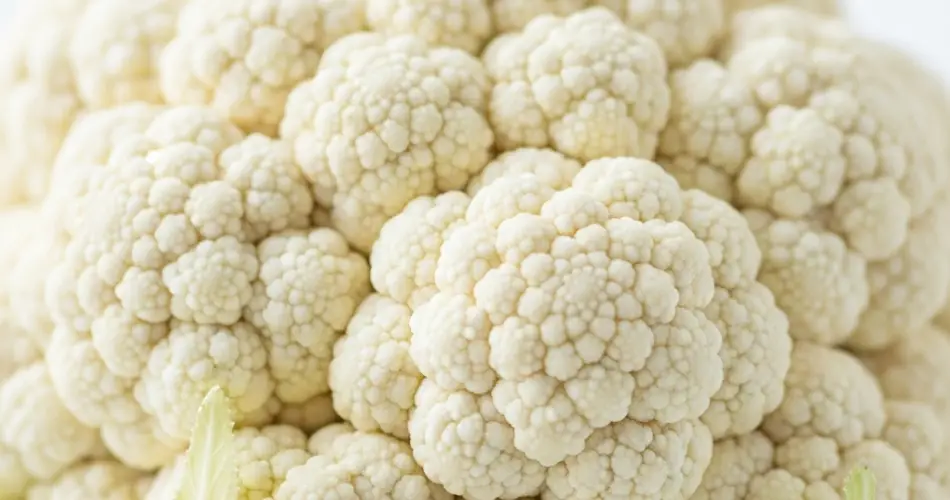Cauliflower is a nutritious and versatile vegetable that can be grown successfully at home, even in limited spaces. With the right approach, you can cultivate cauliflower continuously using just one pot, allowing you to enjoy fresh, homegrown heads without needing a large garden. This guide will walk you through the process of planting, growing, and harvesting cauliflower from seed in containers, so you can have a steady supply all year round.
Why Grow Cauliflower at Home?
Cauliflower is rich in vitamins C and K, fiber, and antioxidants, making it a great addition to any diet. Growing your own cauliflower gives you control over the growing conditions and reduces exposure to pesticides. Plus, homegrown vegetables often taste fresher and more flavorful.
Growing cauliflower in pots is ideal for people with limited outdoor space, balconies, or even indoors with sufficient light. The key is selecting the right pot, soil, and maintaining consistent care.
Choosing the Right Container
To grow cauliflower in a pot, select a container that is at least 12 to 16 inches (30 to 40 cm) deep and wide. Cauliflower has a fairly large root system and requires ample space for healthy growth.
Containers made of plastic, ceramic, or fabric pots with good drainage holes are all suitable. Proper drainage is crucial to avoid waterlogging, which can cause root rot.
Preparing the Soil
Cauliflower thrives in rich, well-draining soil with a slightly acidic to neutral pH of about 6.0 to 7.0. Use a high-quality potting mix amended with organic matter such as compost or well-rotted manure.
Before planting, mix in some balanced slow-release fertilizer or organic amendments to provide essential nutrients throughout the growing period.
Planting Cauliflower Seeds
You can start cauliflower from seeds indoors or sow them directly in the pot if the climate allows.
-
Starting Indoors: Sow seeds ¼ to ½ inch deep in seed trays or small pots about 6 to 8 weeks before the last expected frost. Keep the soil moist and maintain a temperature around 65°F to 70°F (18°C to 21°C) for optimal germination.
-
Direct Sowing: If your climate is mild and frost-free, you can sow seeds directly into the pot outdoors, ensuring the soil is warm and moist.
Once seedlings develop 2-3 true leaves and are sturdy enough, transplant them into the larger container, spacing them about 12 to 18 inches apart if planting multiple plants in one pot.
Continuous Growing Using One Pot
To keep harvesting cauliflower continuously from a single pot, stagger your planting times. Here’s how:
-
Sow seeds every 3 to 4 weeks so new seedlings are ready to replace harvested plants.
-
As you harvest mature cauliflower heads, immediately plant new seeds or seedlings in the same pot.
-
Rotate planting and harvesting schedules to ensure fresh cauliflower is always growing.
This method maximizes the use of limited space and guarantees a steady supply without interruption.
Caring for Cauliflower in Containers
Cauliflower plants need consistent care to thrive and produce quality heads.
-
Watering: Keep the soil evenly moist but not waterlogged. Cauliflower is sensitive to drought stress, which can affect head development. Water deeply when the top inch of soil feels dry.
-
Sunlight: Provide at least 6 hours of full sun daily. If growing indoors or in shaded areas, use supplemental grow lights to meet their light requirements.
-
Fertilizing: Feed the plants every 3-4 weeks with a balanced liquid fertilizer or compost tea to support healthy growth and flowering.
-
Mulching: Apply a thin layer of mulch on top of the soil to retain moisture and regulate temperature.
Preventing Common Problems
-
Pests: Watch out for cabbage worms, aphids, and flea beetles. Inspect leaves regularly and remove pests by hand or use organic insecticidal soap if needed.
-
Diseases: Prevent fungal diseases by ensuring good air circulation and avoiding overhead watering. Rotate crops and clean pots before reusing them.
-
Bolting: High temperatures and drought stress can cause cauliflower to bolt (flower prematurely). Maintain even moisture and consider shading the plant during hot days.
Harvesting Cauliflower
Cauliflower heads are ready to harvest when they reach about 6 to 8 inches (15 to 20 cm) in diameter, and before the flower buds begin to separate or discolor.
-
Use a sharp knife to cut the head from the stem, leaving a few leaves around it to protect the head.
-
Harvest promptly, as overripe heads can become loose and bitter.
If you follow the staggered planting method, you’ll have heads maturing regularly, providing fresh cauliflower over many months.
Additional Tips for Success
-
Rotate container locations seasonally to catch optimal sunlight and temperature conditions.
-
Keep a gardening journal to track planting dates, growth progress, and harvest times.
-
Experiment with different cauliflower varieties, including early, mid, and late-season cultivars, to extend your harvest window.
-
Companion plant with herbs like dill or marigolds to deter pests naturally.
Conclusion
Growing cauliflower continuously in one pot is a practical and rewarding way to enjoy this nutritious vegetable at home, especially if space is limited. By following the proper planting, care, and harvesting steps, you can maintain a thriving cauliflower crop year-round.
With patience and regular attention, your container-grown cauliflower will yield delicious, fresh heads that you can enjoy in salads, roasted dishes, and more. Start your cauliflower growing journey today and transform your home into a mini vegetable garden.



